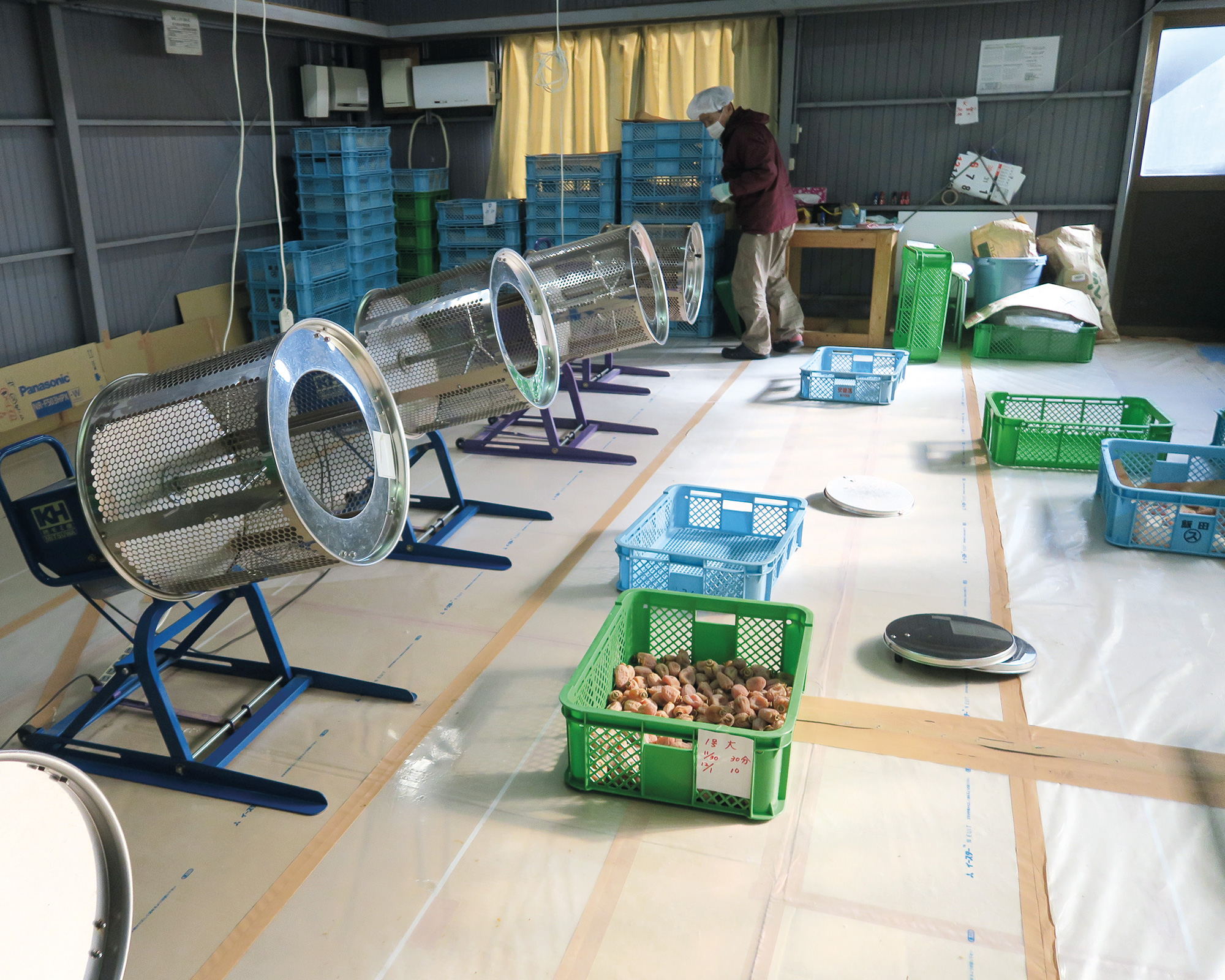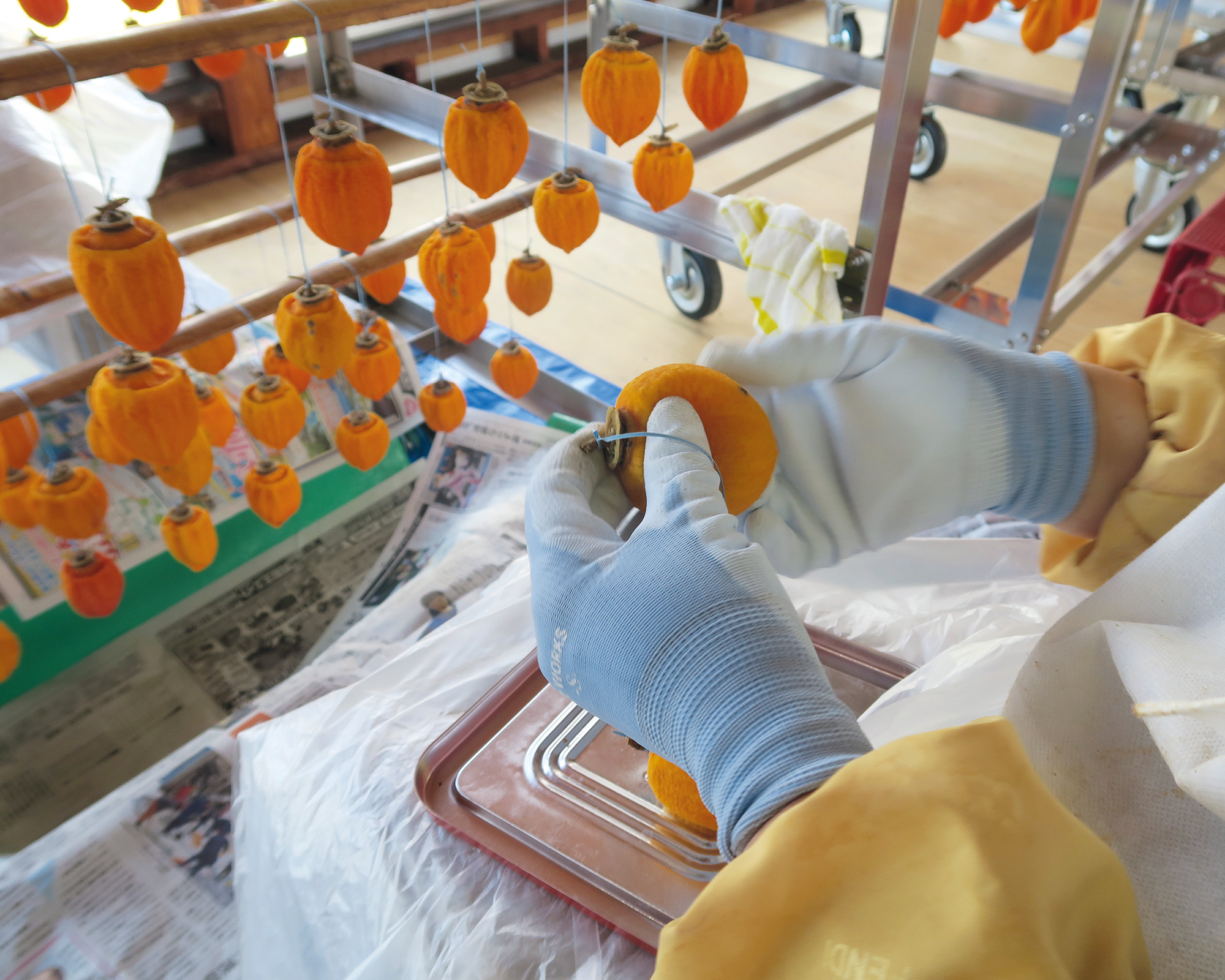Geographical
Indication (GI)
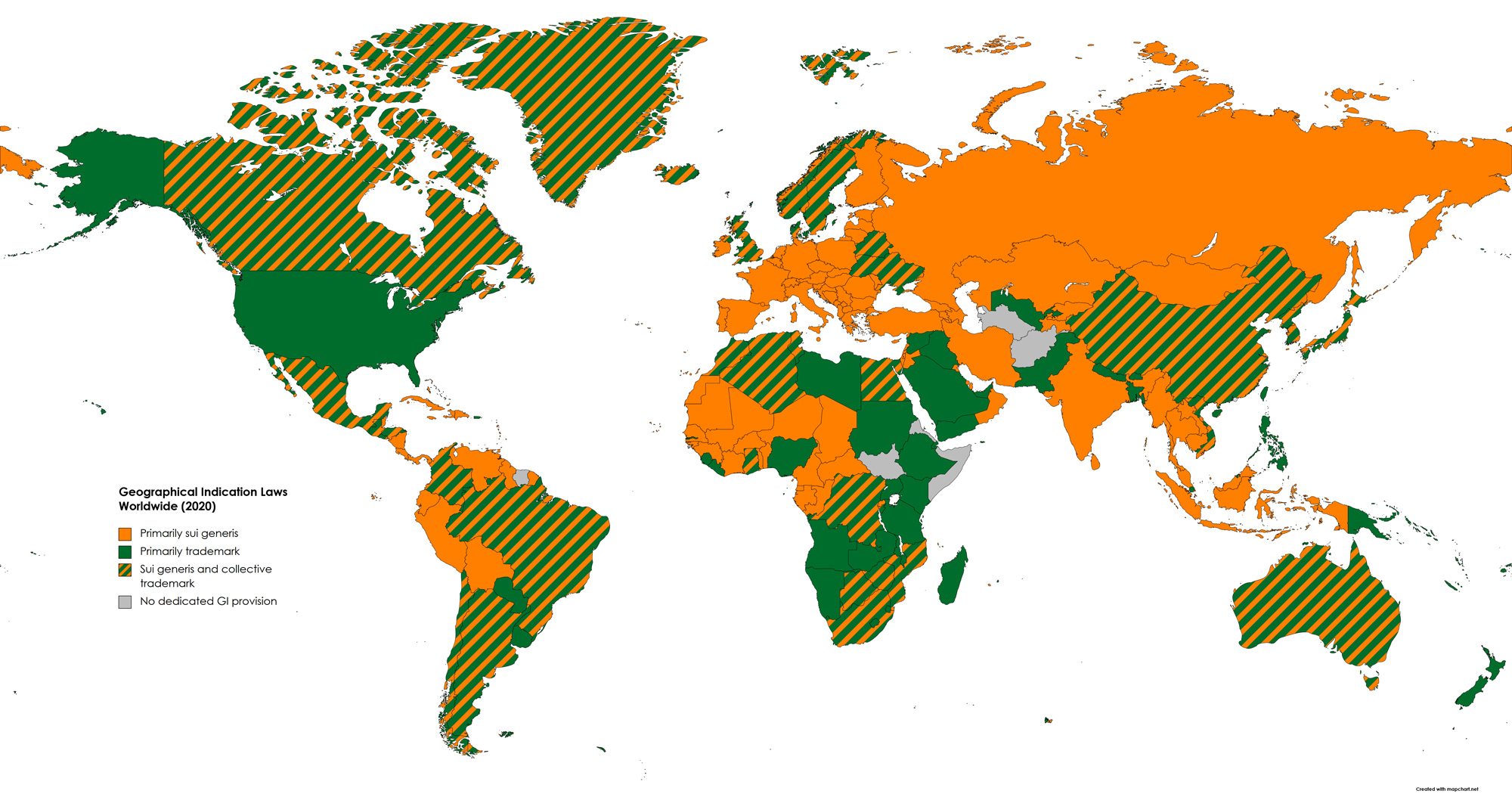
Every region of the world is rightfully proud of its culinary heritage, and would like to share its rich history and unique flavors with the world. This requires both protecting heritage foods from fraud and educating global consumers about these unique products. This task has engaged a range of initiatives, including tourism, marketing, branding, and intellectual property rights. Since the late 1990s, the European-style system of Geographical Indication (GI) has come to dominate national policy and fire up interest in heritage food protections and promotion. This system, which protects some traditional wine, cheeses, meats and vegetables grown into a global phenomenon. At its core, it asks local producers to work together, and governments to provide legitimacy, for protected product names that connect to unique regional agricultural or know-how. But what does the dominance of this European system really mean for newly-joining countries from Asia? Does it truly have the potential to protect and promote culinary patrimony, or will small countries, small producers and less-charismatic products be left out?
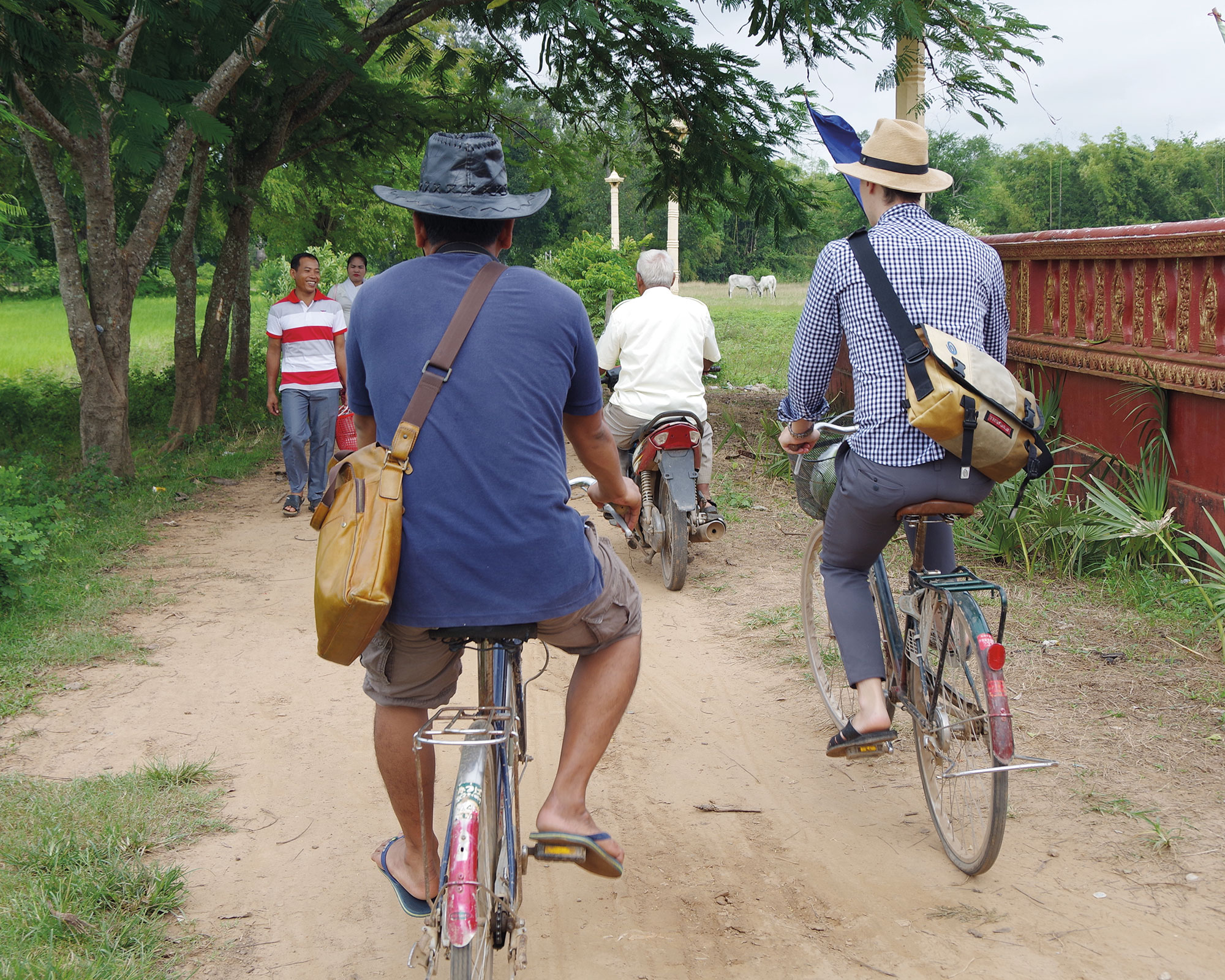
Studying heritage foods usually requires a deep dive into rural areas that still maintain historical and traditional practices. Being intrepid and open to a bit of adventure are required skills for studying these phenomena.
Studying traditional projects often means exploring rural agricultural areas and observing closely how local people organize the hierarchy of good quality or famous products in their area. Our team has worked hard over the years to reach well-known production areas in Japan and Cambodia despite difficult travel conditions, bureaucratic barriers, and pandemic travel disruptions, because we believe that there are many valuable heritage agri-food products that need more attention. We often privilege research into such “unsung heroes” – products that are locally famous but have not reached national consciousness, to avoid falling into the trap.
Japan Heritage Product
Case Studies
Japan
Hatcho Miso
(Okazaki, Aichi)
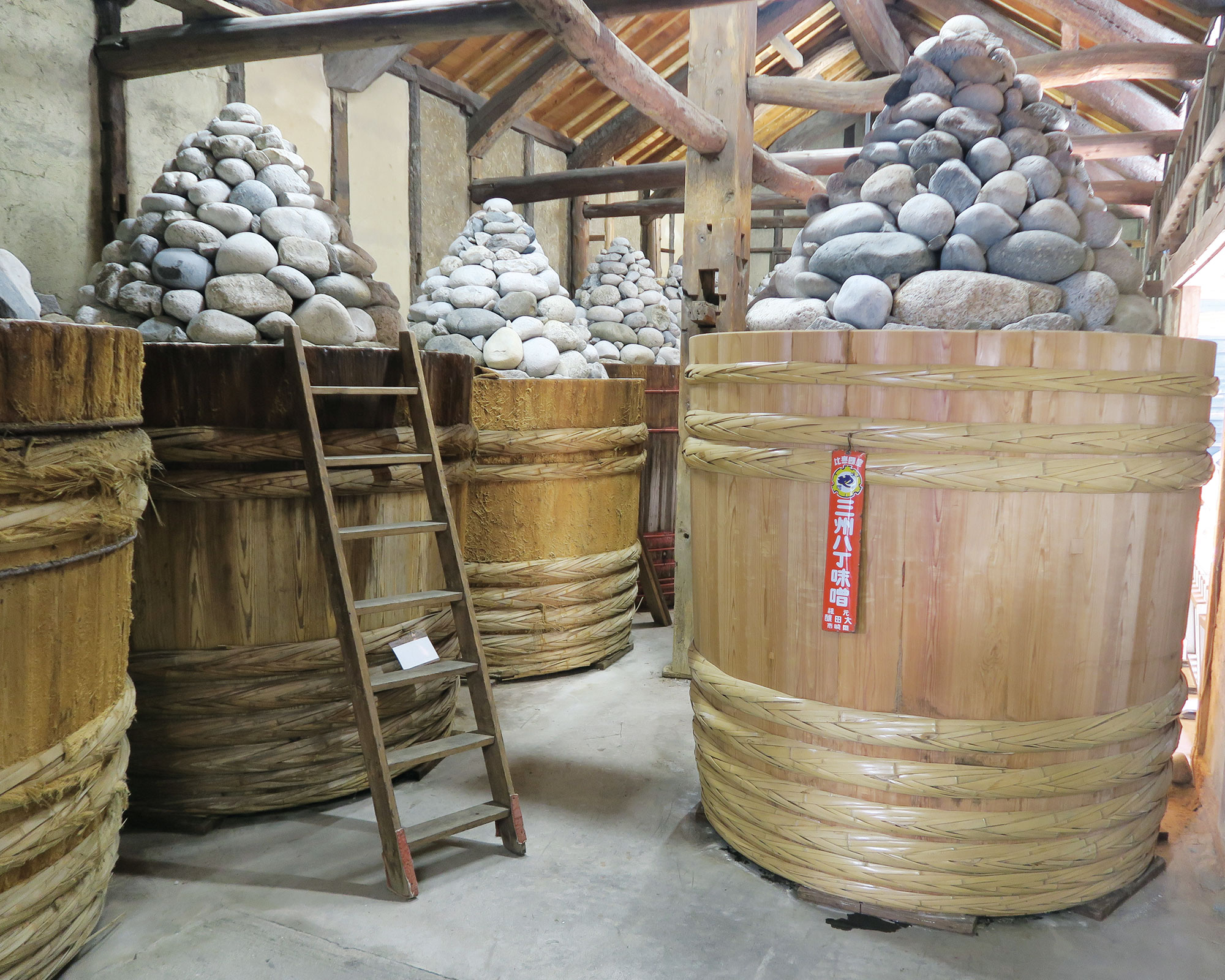
Miso has historically been home-made, so few commercial producers can rival the almost unbroken lineage of Hatcho Miso, which has been produced in the same place for nearly 700 years. Hart Feuer
read more
Mikawa Mirin
(Aichi)
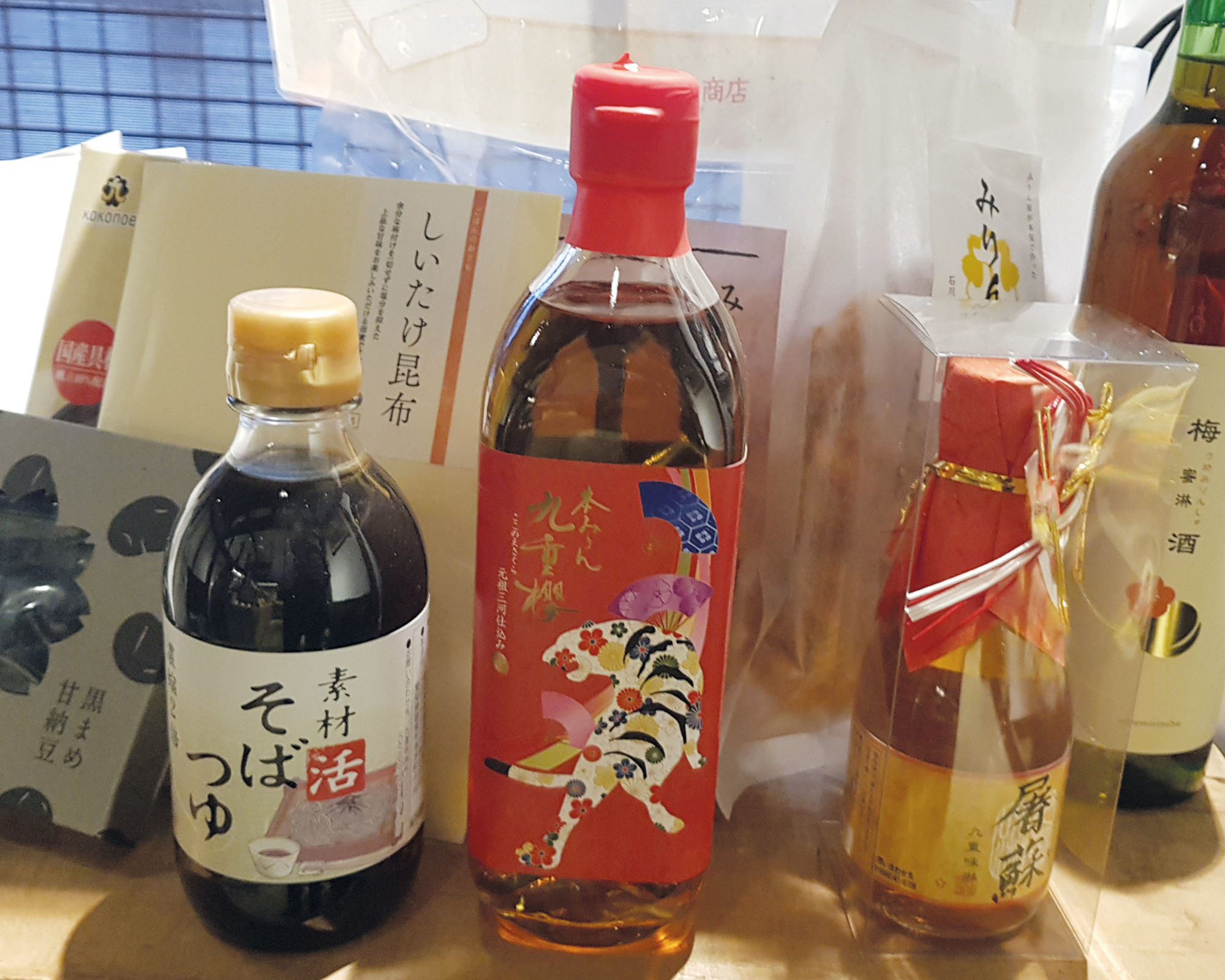
Once an essential household ingredient and flavorful alcoholic drink, mirin production has declined in recent decades. Some regions with more than 200 years of history are holding on to traditional, high-quality production practices. Hart Feuer
read more
In a high mountain valley bursting with persimmon trees, but lacking in labor, the Ichida region has tried to find a balance between mechanization and quality, while building up their marketing through tourism and food certifications. Anastasiya Shtaltovna
With unique fruit varieties and mild marine climate, the Noto peninsula has a long history of persimmons. Farmer-producers have mobilized to keep alive the age-old tradition of hand-massaging persimmons as they dry to maintain a luscious texture. Anastasiya Shtaltovna
Kobe/Tajima Wagyu (Hyogo)
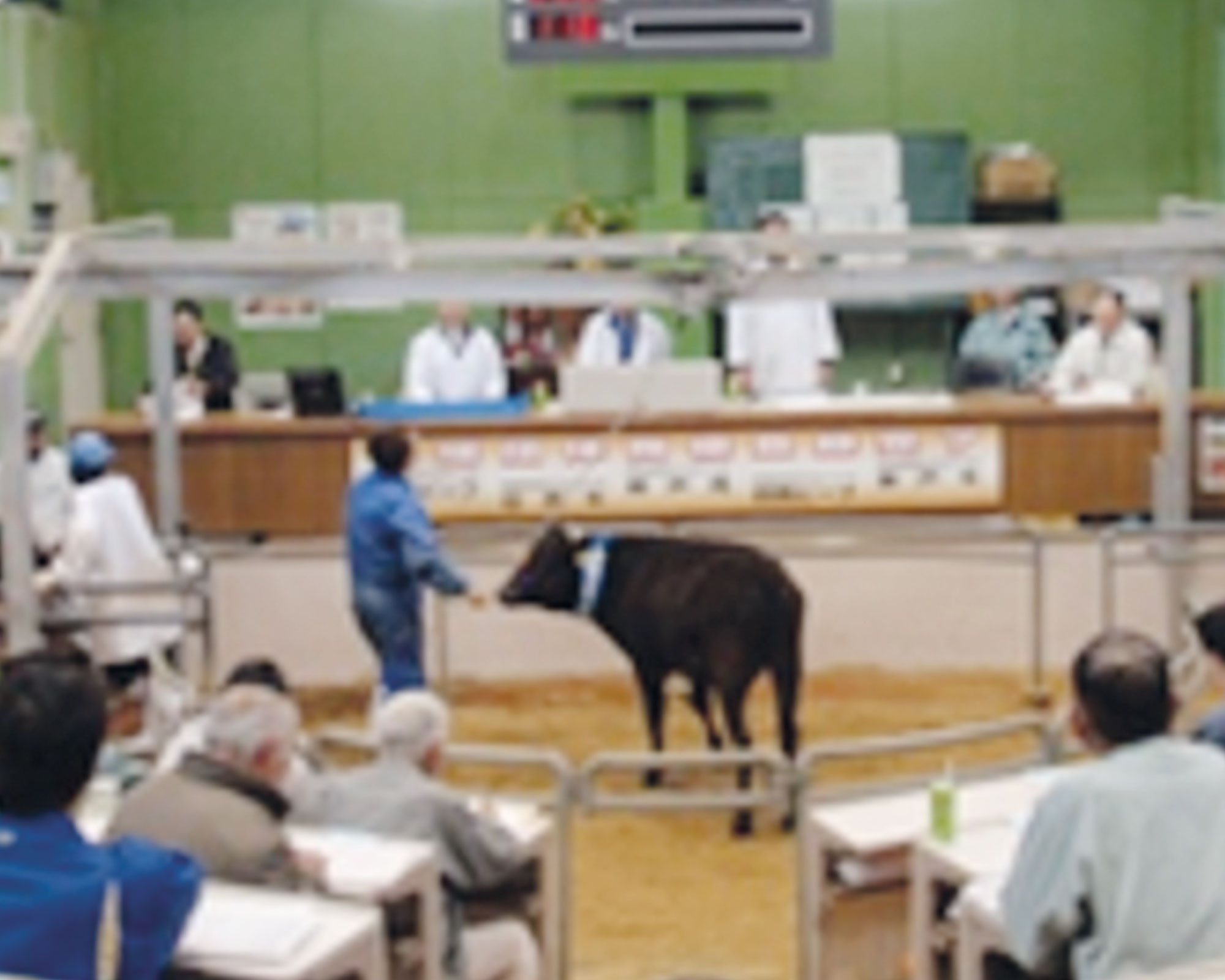
Famous around the world for its marbled fat, Kobe beef production actually has a relatively shallow lineage in Japan. As global beef producers get ahold of Japanese varieties and simulate fattening practices, Japan is trying to protect its production integrity through certifications.
read more
Matsusaka Wagyu
(Mie)

Although not as well known internationally as its neighbor in Kobe, this beef production region has a renowned reputation within Japan. It is home to many unique animal welfare and fattening practices, and encourages collaboration with rice farmers. Kae Sekine
read more
Nishio Matcha
(Aichi)

As a well-known tea region that has since become urbanized, Nishio tealeaf farmers have struggled to defend their economic interests in a market dominated by matcha processing companies. It is the only case of a voluntarily withdrawn geographical indication in Japan. Hart Feuer
read more
Tamba Wine
(Kyoto)

With a micro-climate that just suits grapes, ambitious growers have sought to create their own pocket of heritage around a diverse set of Japanese, Georgian, and western European grape varieties. Hart Feuer
read more
Yamanashi Wine
(Yamanashi)
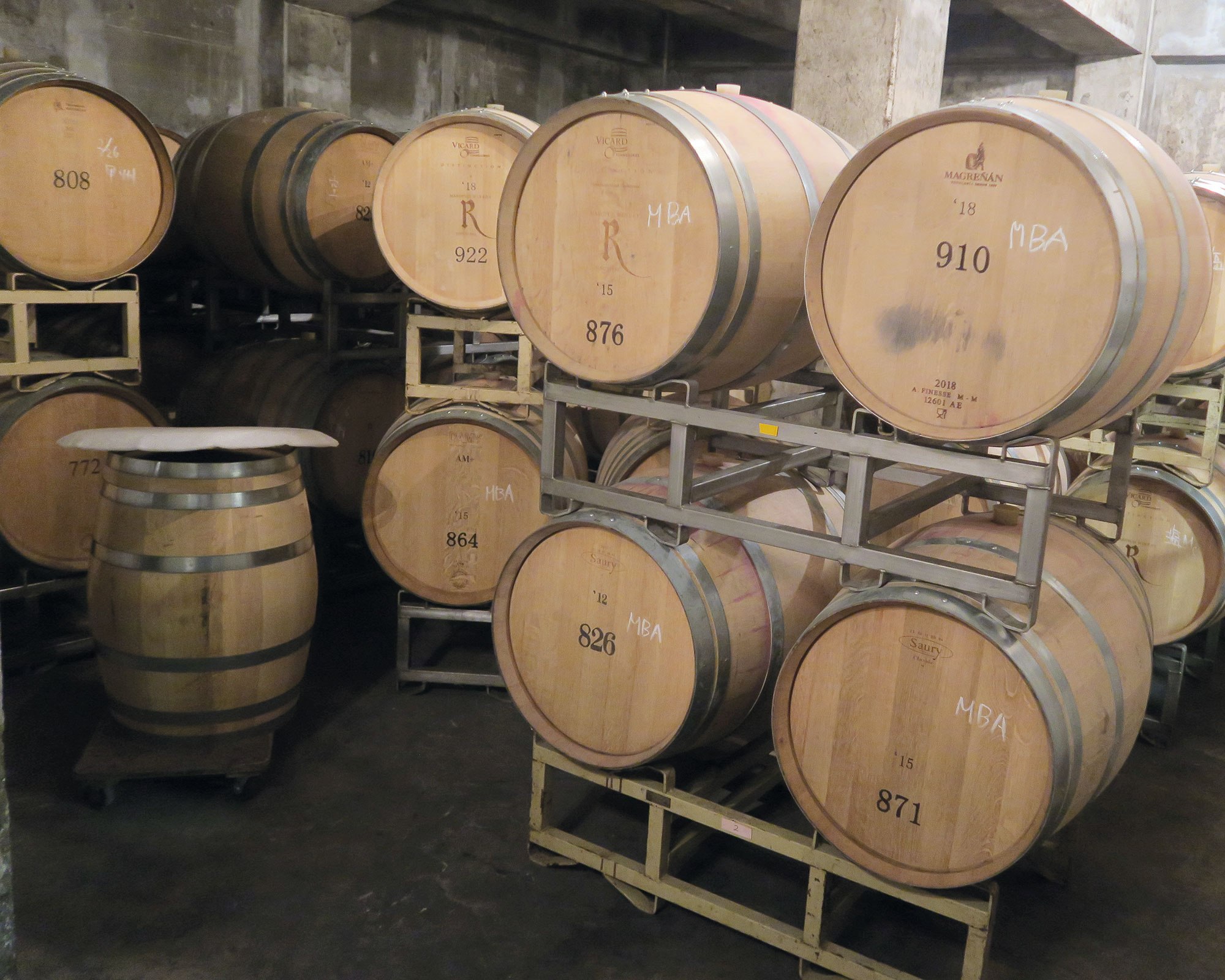
Once a region famous for low-quality bulk wines, the region has incrementally enhanced its reputation for fruit and capitalized on its legacy of grape production to encourage a new form of wine tourism in Tokyo’s back yard. Hart Feuer
read more
Cambodia Heritage Product
Case Studies
Cambodia
Pursat Orange (Pursat/Battambang)
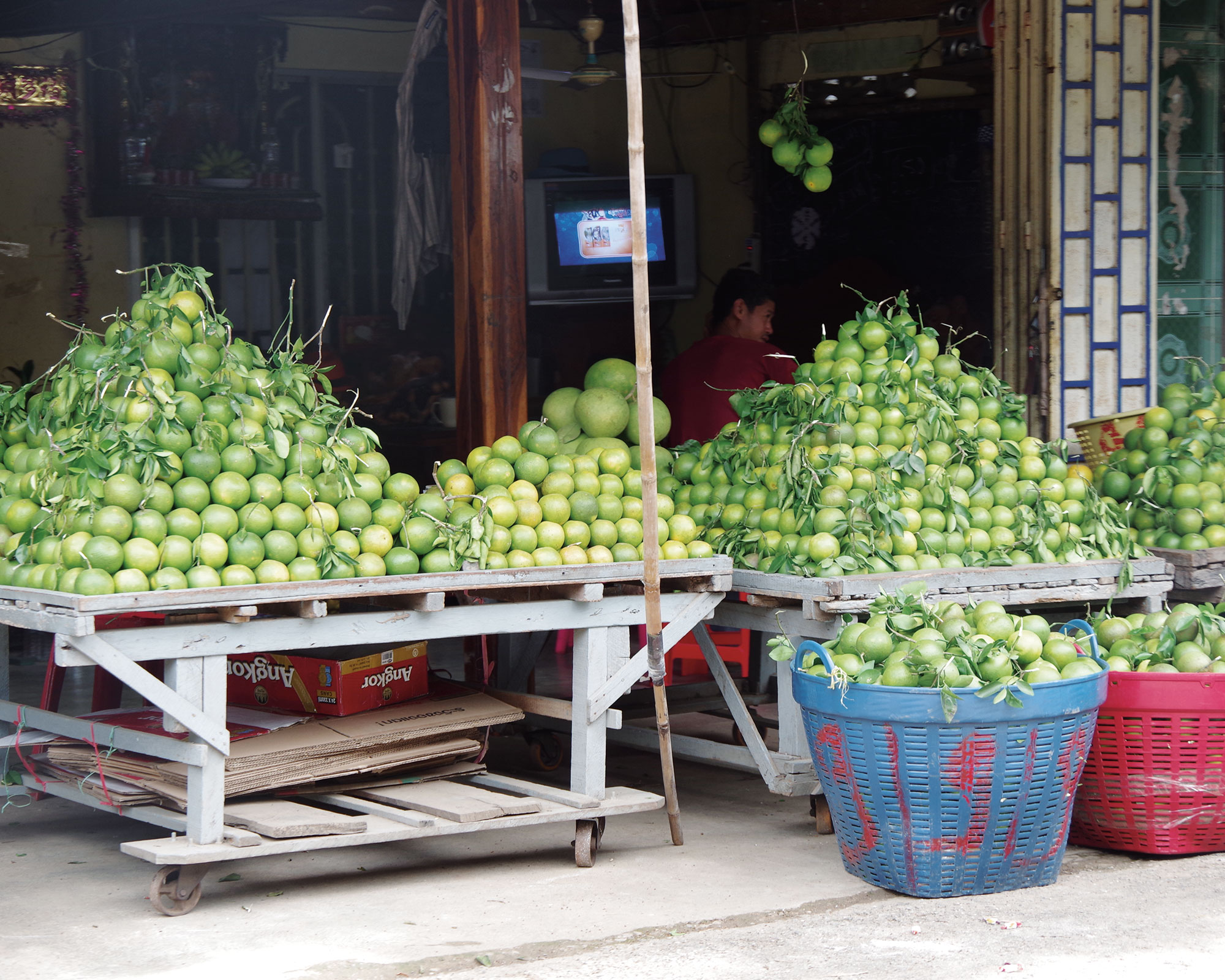
On the border of territory annexed by Siam (Thailand) in the 18th Century and returned to Cambodia under the French protectorate, these oranges have been at the intersection of political conflict and colonial intervention for nearly 100 years. Hart Feuer
read more
Pomelo
(Koh Trung)
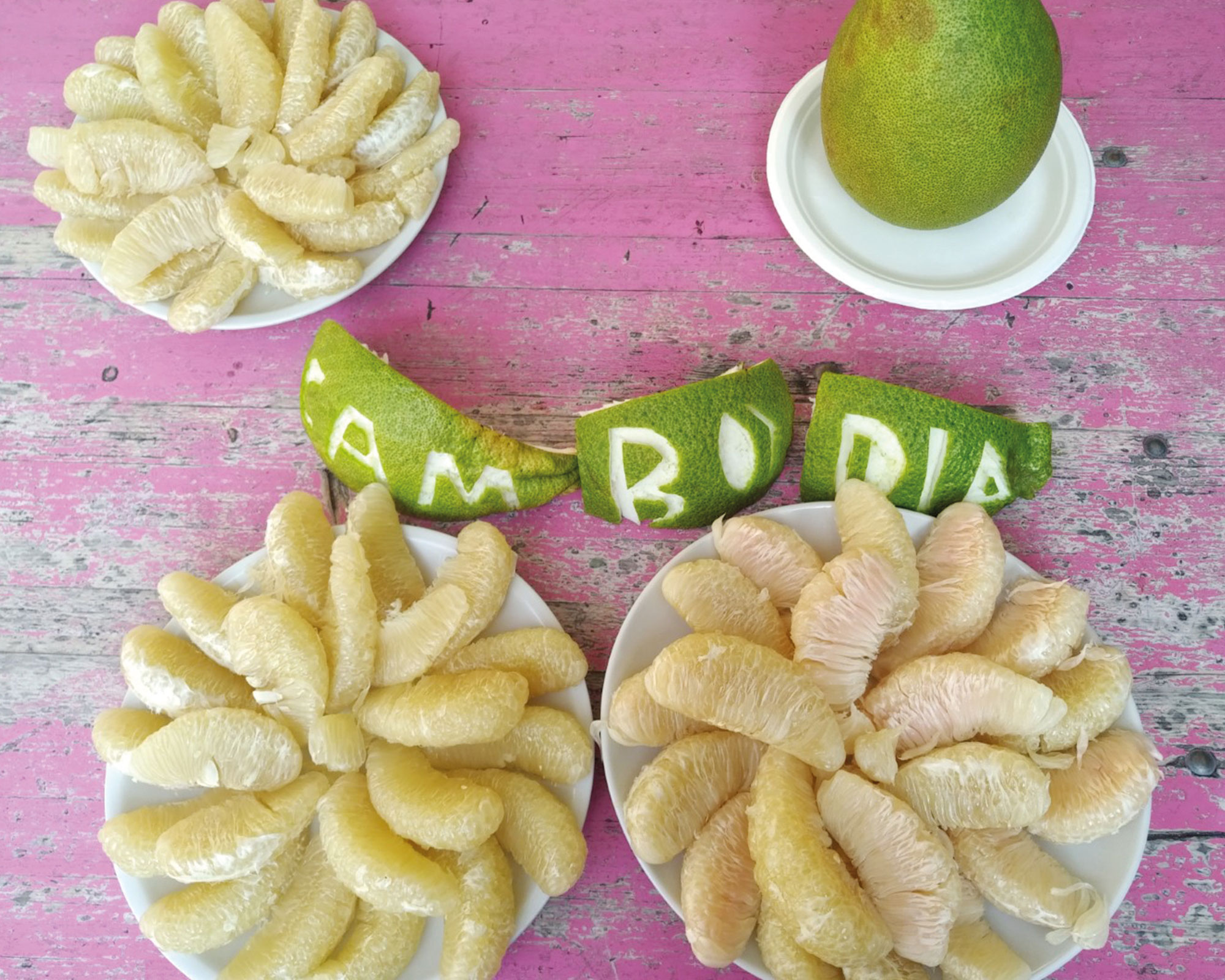
Having discovered a unique micro-climate on a Mekong River island surrounded by fresh-water dolphin habitat, farmers in Koh Trung have cultivated a unique variety of pomelo in a serene eco-tourism environment. Hart Feuer
read more
Palm Sugar
(Kopong Speu)
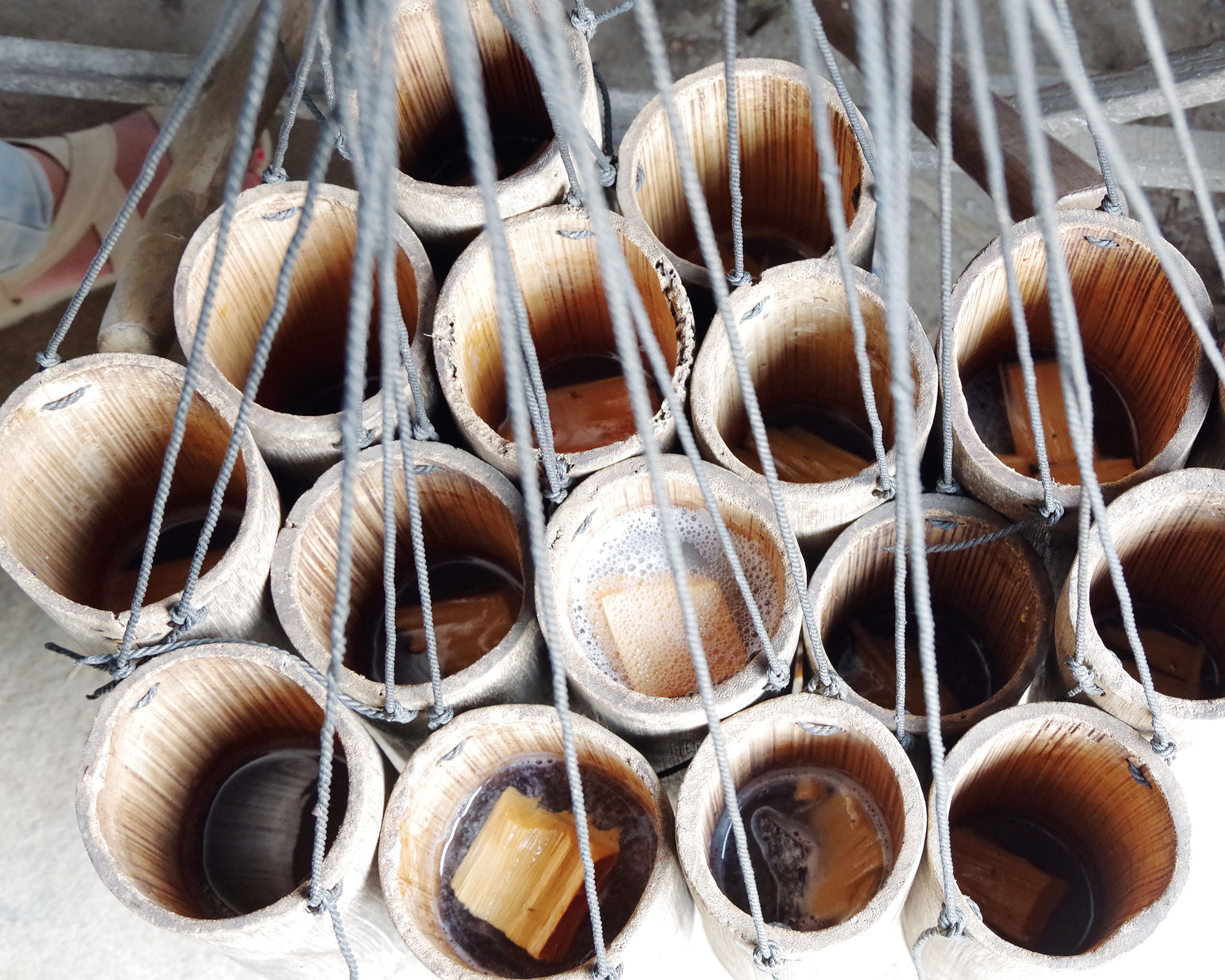
Everyone in Cambodia agrees that the soils in parts of Kompong Speu province are ideal for Palmyra sugar palm trees. A daring method of climbing these tall trees to collect sap and infusing with aromatic wood has made the sugar regionally famous. Hart Feuer
read more
Pepper
(Kampot)

Already well-known before the French colonial period, Kampot pepper became synonymous for the best quality spice from Southeast Asia. Its mild sharpness and floral character stand out. Sary Seng
read more
Fish Sauce
(Kampot)
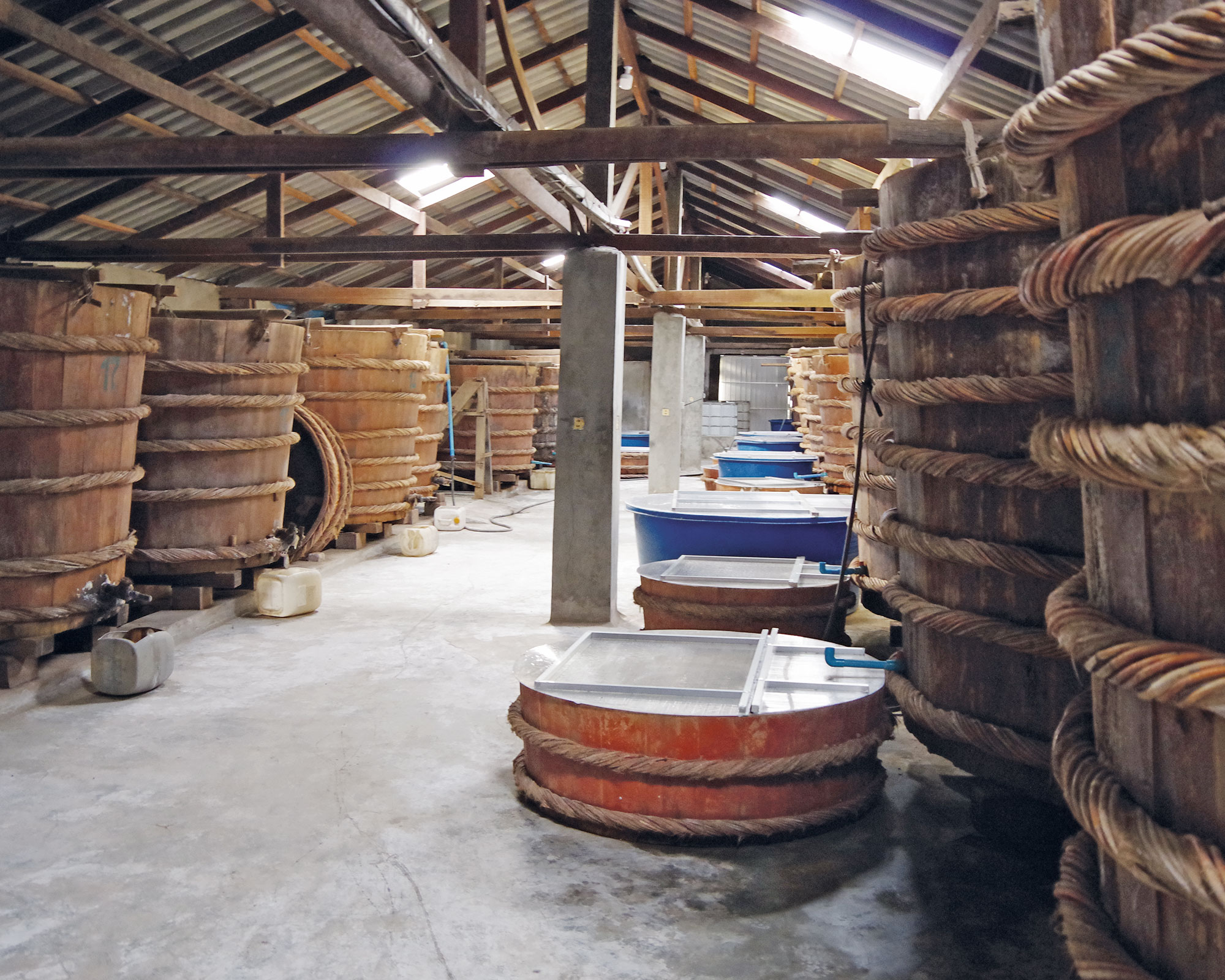
In a Cambodian province with many high-quality products, fish sauce has long stood out as a unique flavor in Cambodia. A few producers struggle to maintain historical and high quality practices against a backdrop of increasing industrialization. Ryo Murakami
read more
Nem Fish Paste (Battambang)
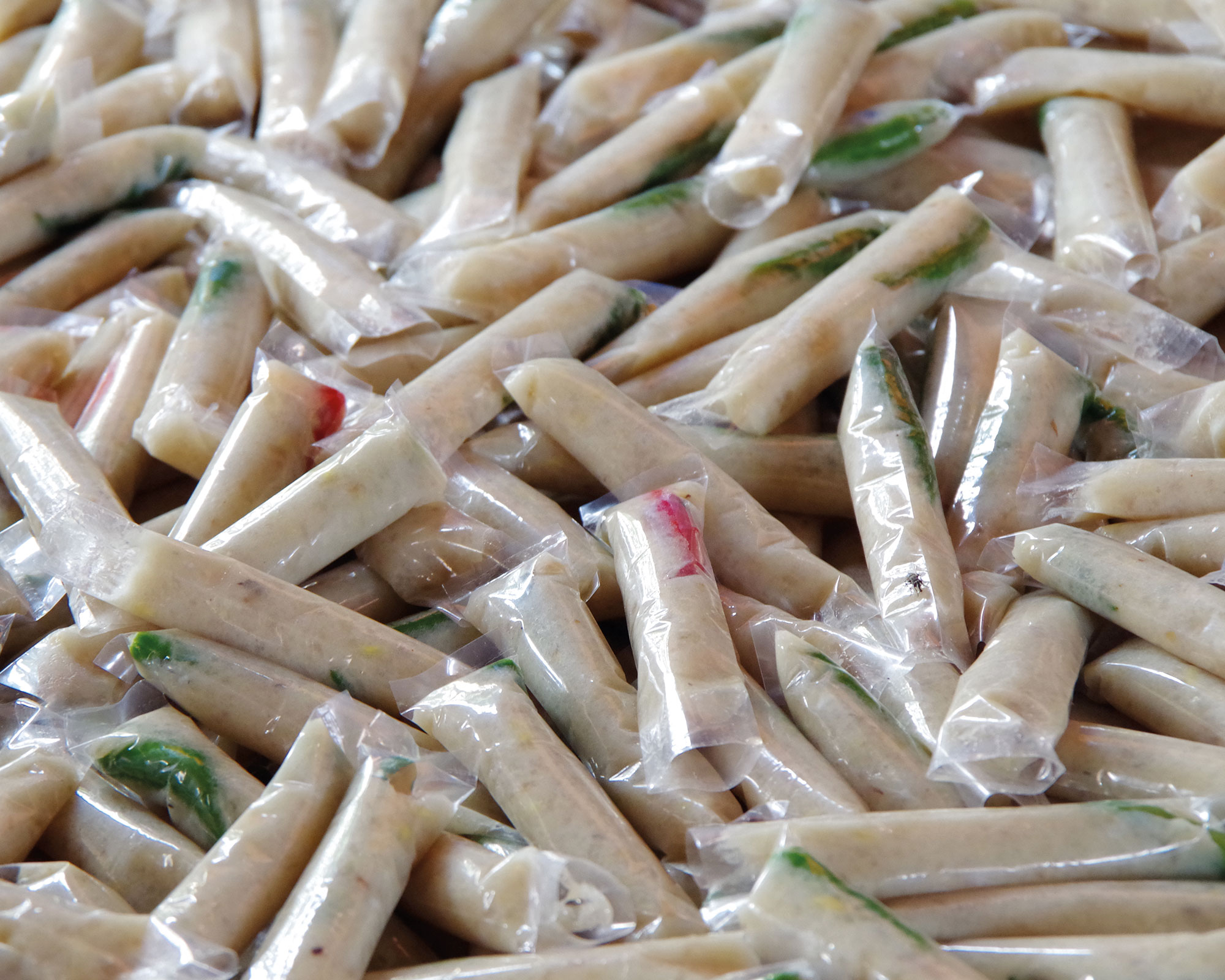
A unique method for fermenting and conserving fish with spicy chilis has made Battambang famous for travelers seeking a hearty snack. Traditional packaging has been cast off for hygiene and more modernization threatens this traditional practice. Sary Seng
read more
Num Troam
(Svay Rieng)
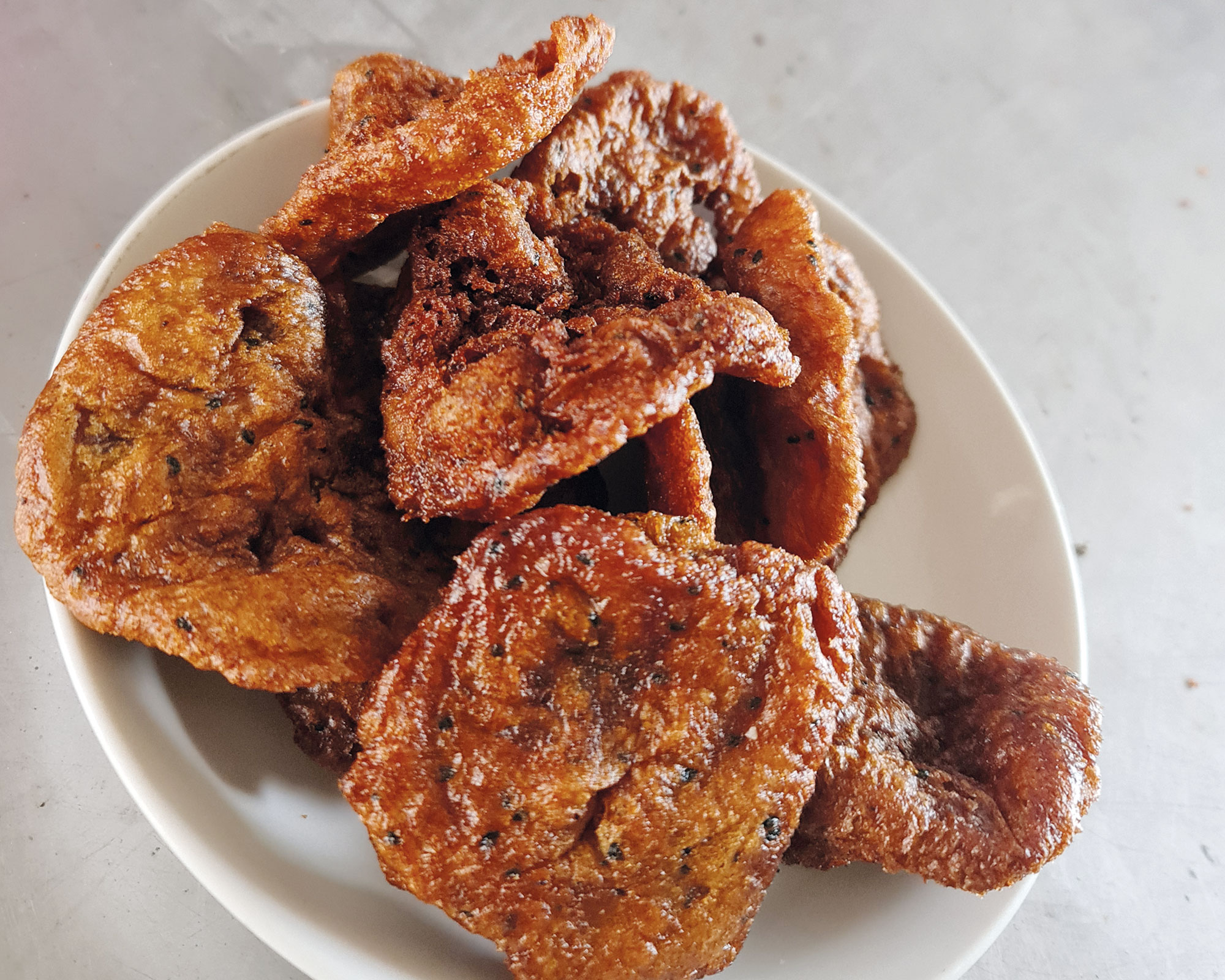
Along Cambodian thoroughfares, such as the road between Phnom Penh and the Vietnamese border, travelers have long enjoyed unique specialties hawked on the roadsides. The deep fried rice and palm sugar dumpling, Num Troam, has many variations and few shared standards. Sam Ath Houy
read more
Ambok
(Svay Rieng)
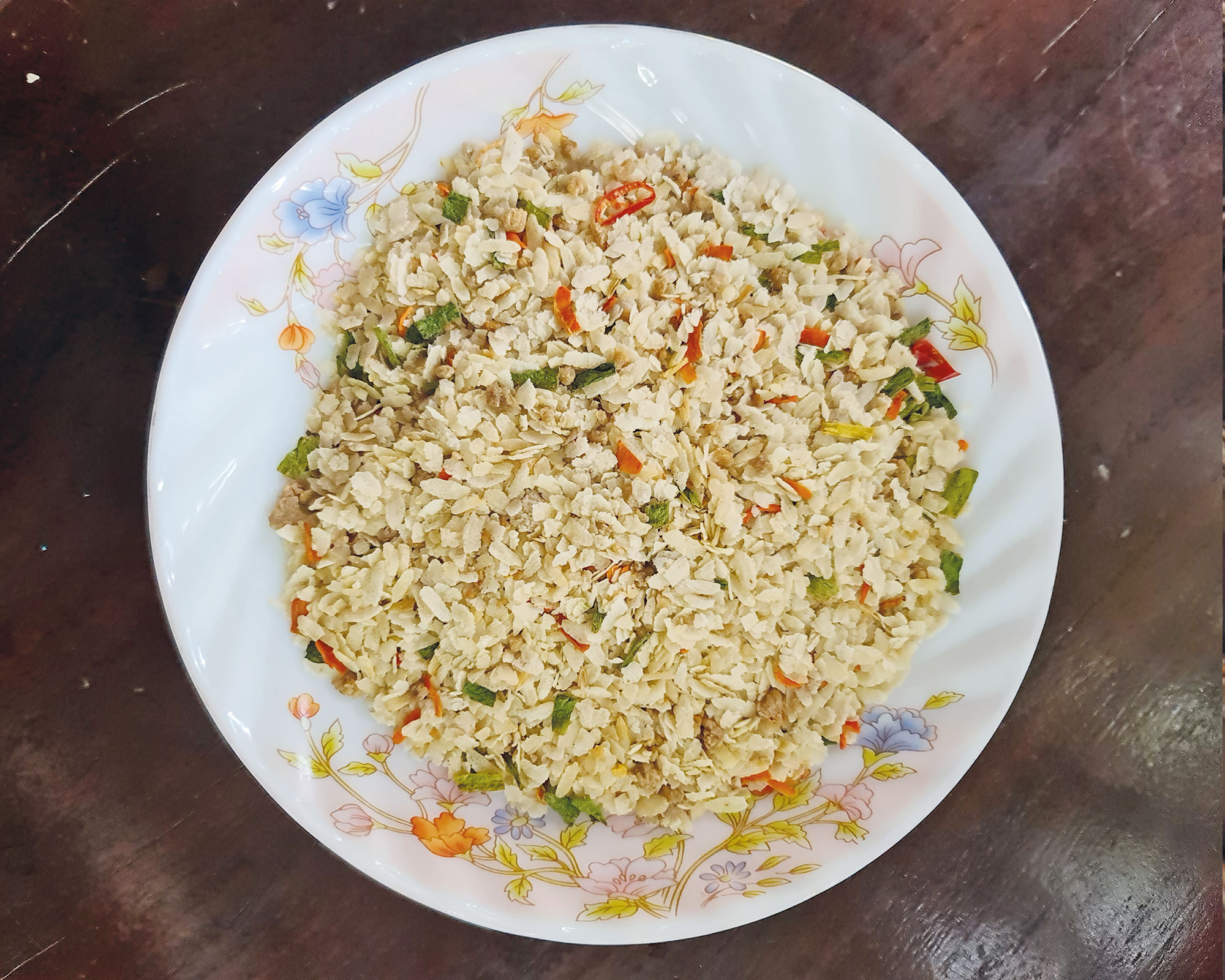
Flattened dried rice has long been a spiritually symbolic food in Cambodia, appearing in various festivals. The variation from Svay Rieng, Crispy Ambok (Ambok Sruoy) is beloved for its texture and interesting uses, such as mixing with coconut water or as a topping for bananas and meat. Sam Ath Houy
read more
Smach Rice
(Svay Rieng)

The reddish rice historically grown in the eastern part of Cambodia has long been associated with Svay Rieng province. The fortunes of this product are re-emerging as people search for lower glycemic sources of rice, providing heritage producers a boost. Sam Ath Houy
read more
Pepper
(Kirivong)
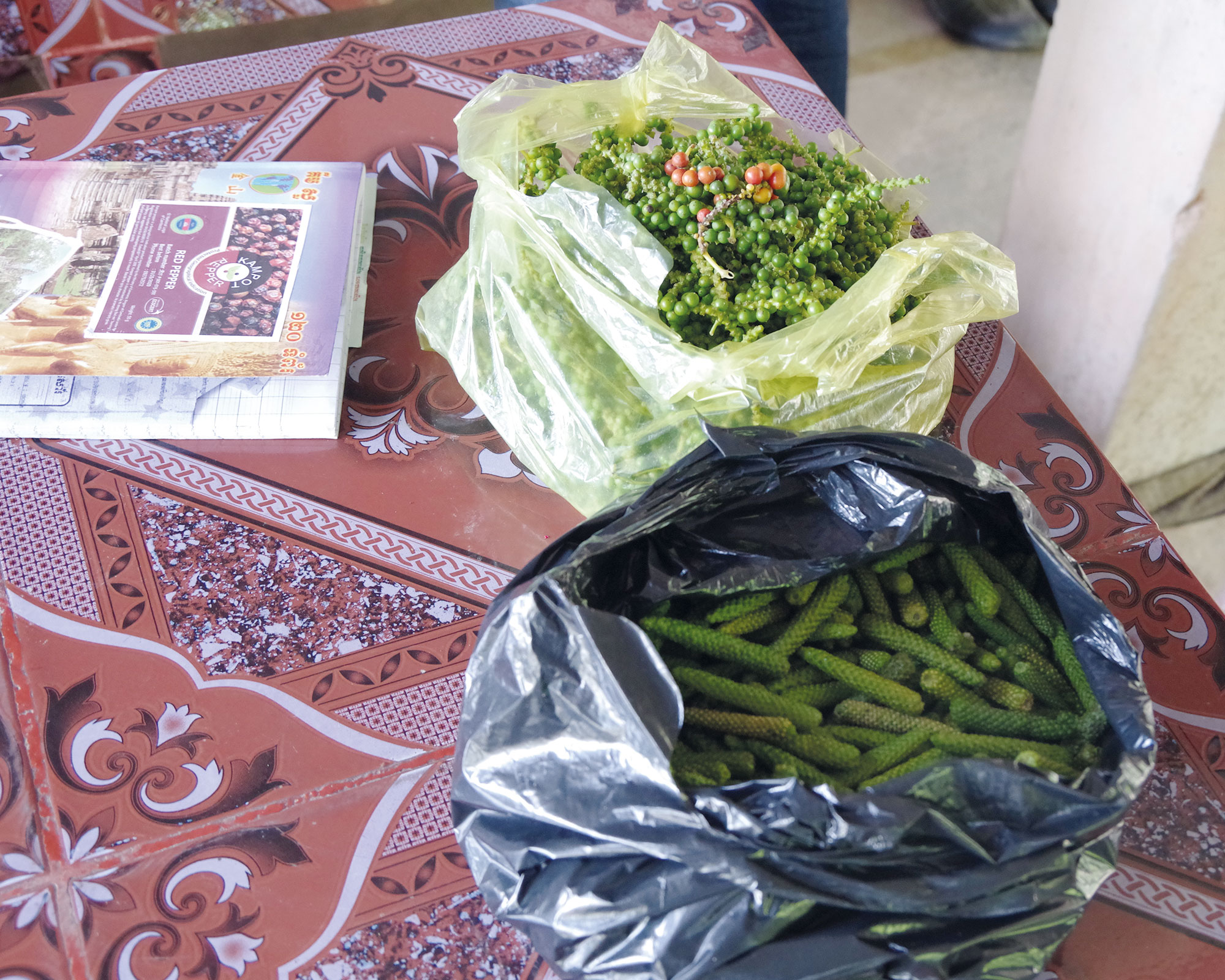
Although not as well known as its close neighbor in Kampot, the terroir for pepper in Kirivong is among the best, often considered as the local secret for Cambodians. Despite its proximity to Kampot, it receives little attention from promoters. Hart Feuer
read more
Wild Cardamom
(Kravanh, Pursat)
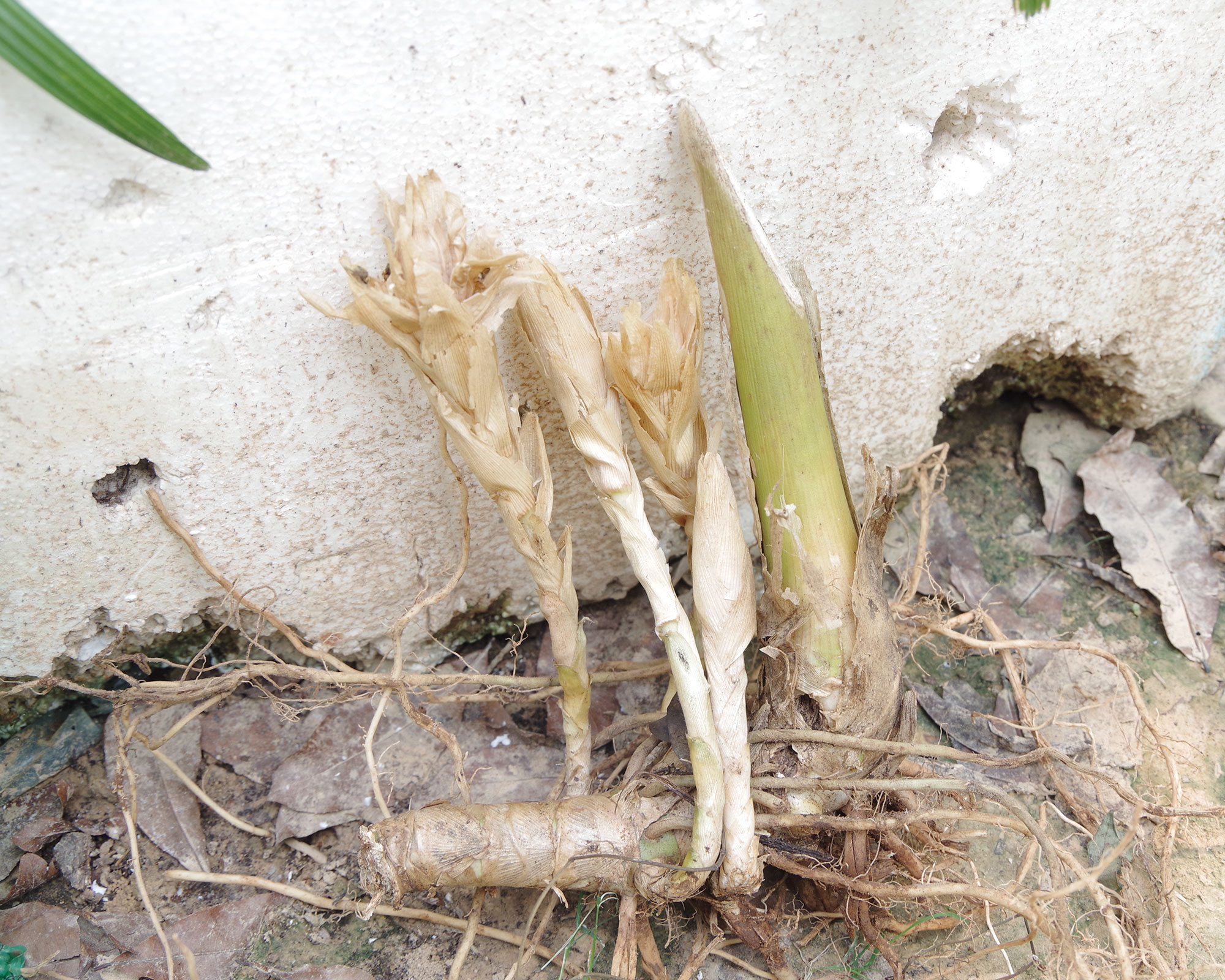
Growing in its namesake mountain range, cardamom (Kravanh) from Pursat province has long been used medicinally and in cooking. As interest in wild and uncultivated products rises, rural people struggle to define sustainable foraging while coming up with ways to encourage wild growth. Seavorer Thang
read more
Pineapple
(Stung Treng)
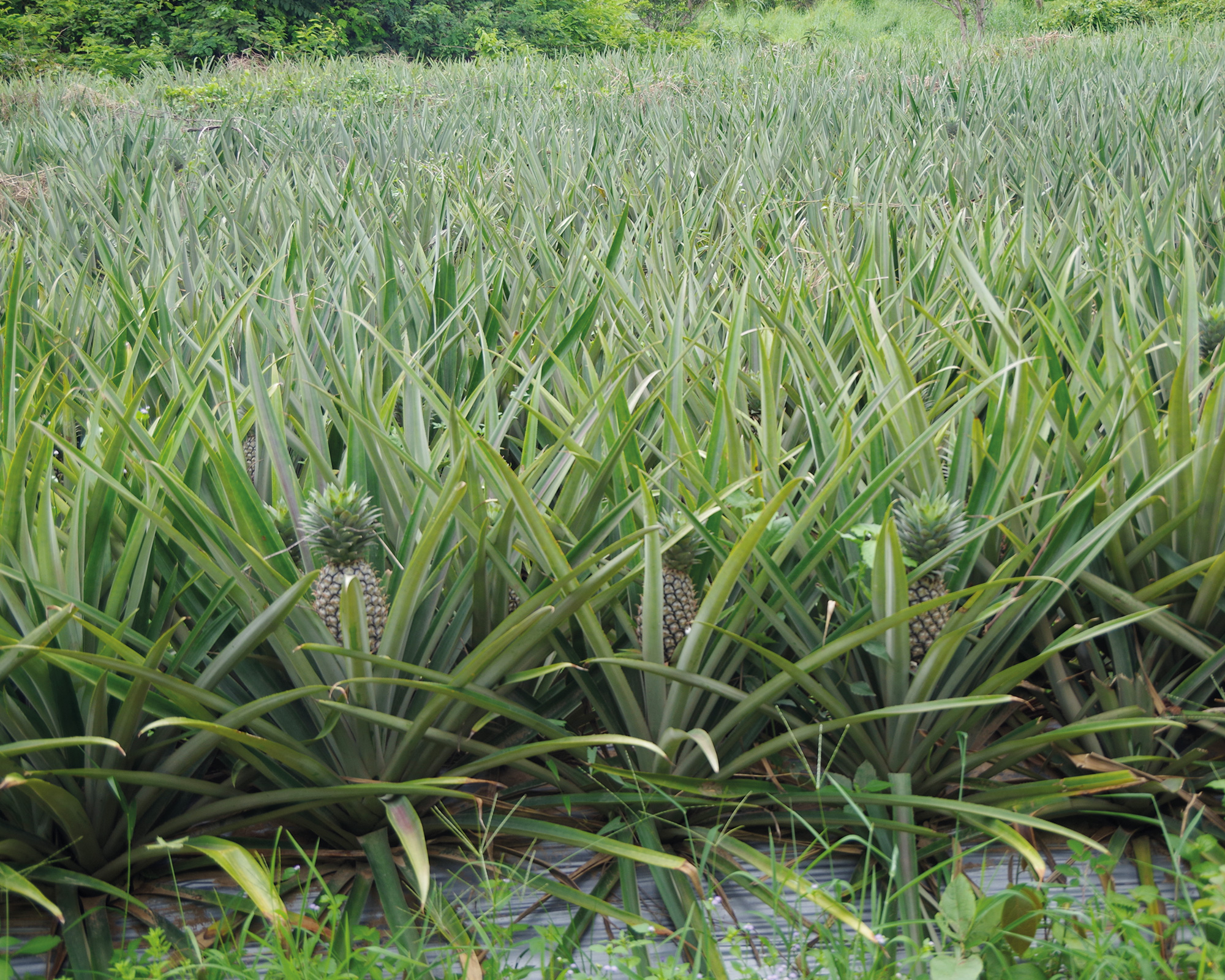
Regions long known for “jungle” pineapple have long developed more modern pineapple varieties to grow under similar conditions, with some cases such as ‘honey pineapple’ establishing a reputation for unique aromas and textures. Sary Seng
read more
Natural Rice
(Preah Vihear)
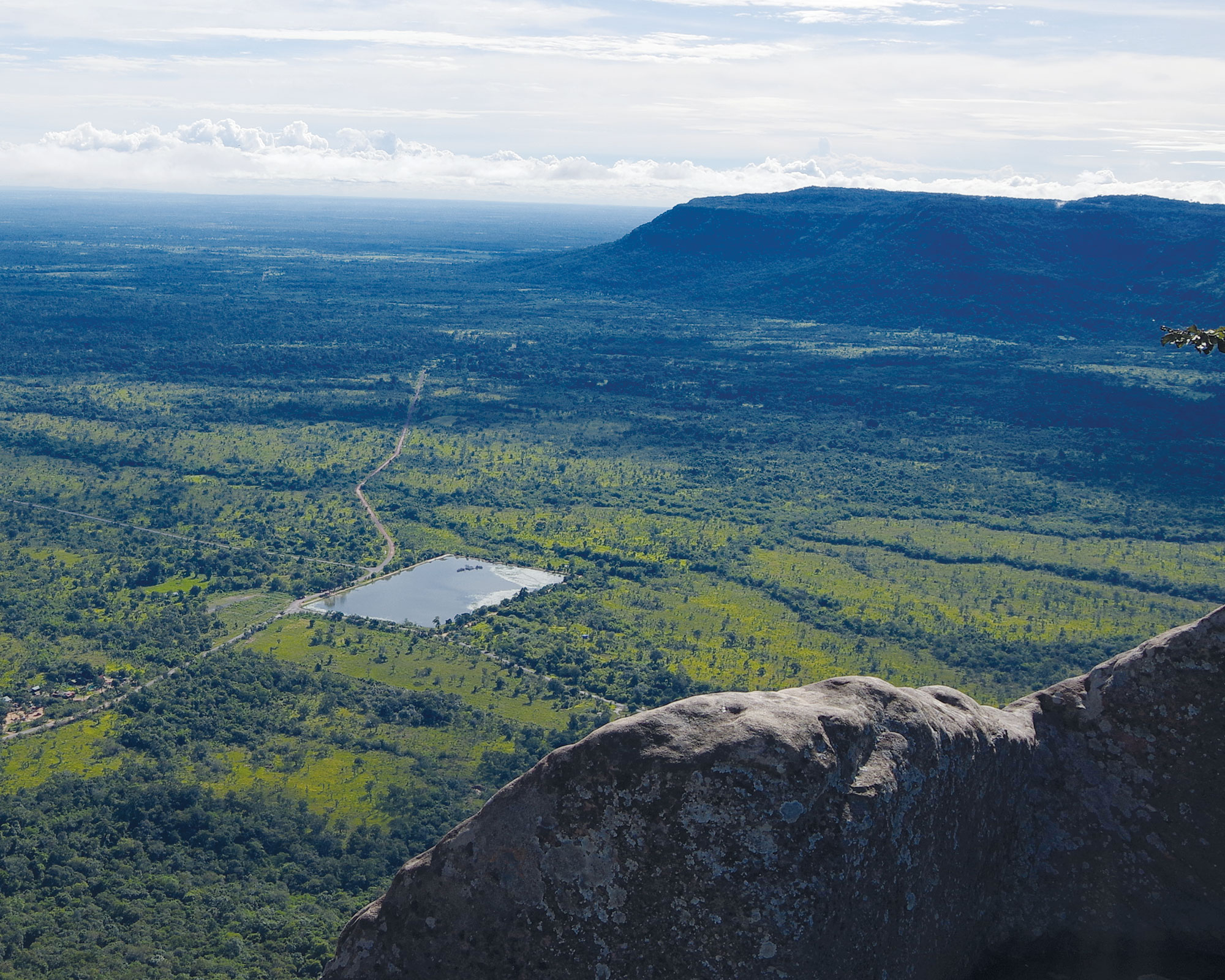
Known for its namesake temple structures along the Cambodian-Thai border, this region has long been blessed with resilient indigenous rice varieties and good conditions for ecological agriculture. Farmers now promote their ecological production as a traditional practice.
read more
Palm Beer
(Kandal)
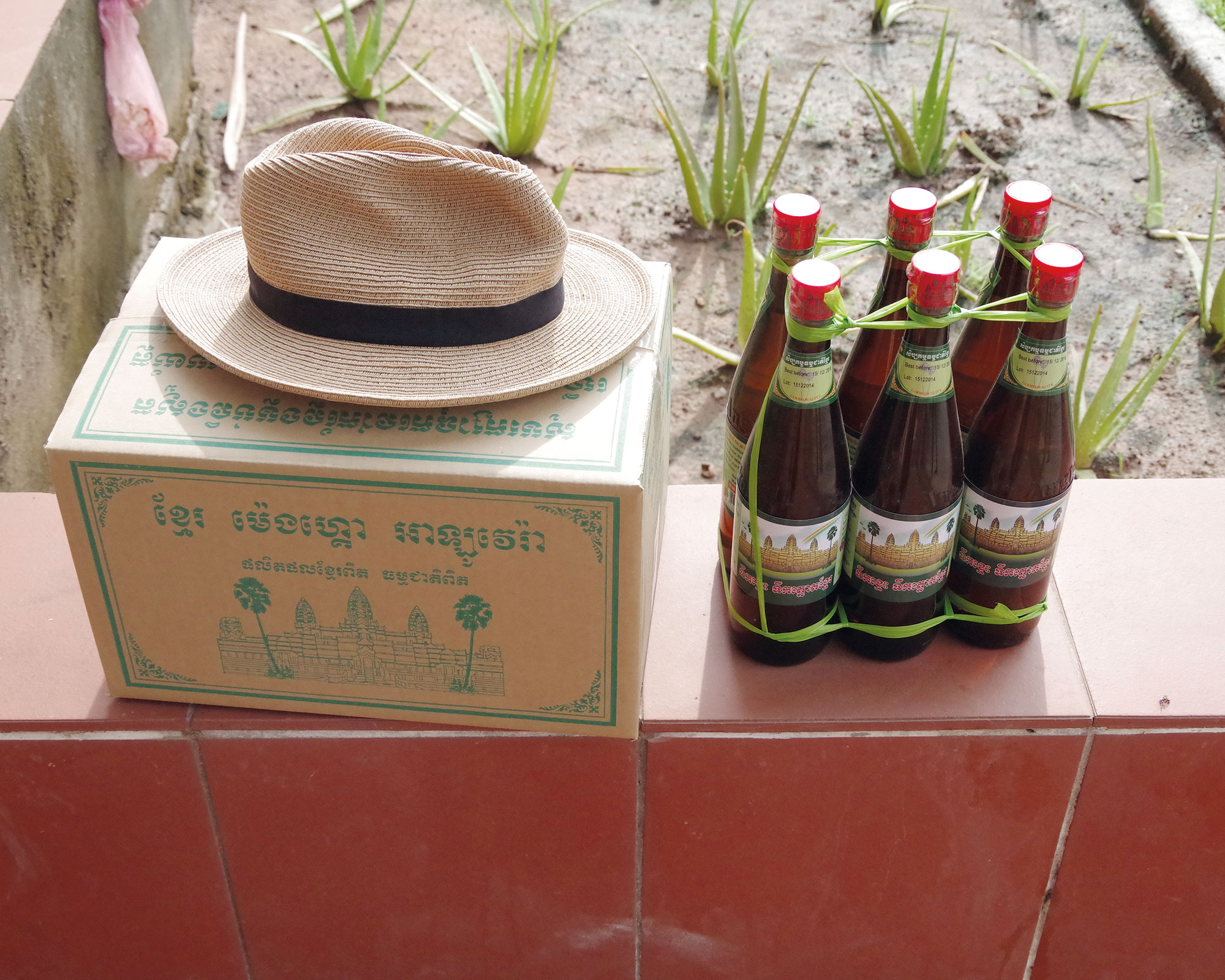
Still primarily a cottage industry, sugar palm beer (tnot chu) is only slowly being commercialized. Consumers are confused to find neatly bottled beer instead of refilled plastic Coca Cola bottles. Hart Feuer
read more
Output
Lotte Foundation Scholars Final Event Poster (in Japanese)

The Potential of Geographical Indications as an Instrument for Regional Agricultural Development in Asia: A Comparison between Japan and Cambodia. Preparer: Hart N. Feuer
Heritage Food Product Profiles from Svay Rieng Province Cambodia. Primary researchers: Sam Ath Houy, Sary Seng, Hart N. Feuer.
Num Troam – Svay Rieng
download PDF
Smach Rice – Svay Rieng
download PDF
Svay Chrum Ambok
download PDF
Publications
‘Our Land of Milk and Honey: Spirituality in the Transformation of Ecological and Heritage Production’, Feuer, Hart. N., in Antony, S. and Schmidt E.M. (Eds.) Beyond the Superficial: Making Sense Food in a Globalized World, pp. 97-110. Oxford: Inter-Disciplinary Press. https://doi.org/10.1163/9781848884304_010
Closed Access
doi
Geographical Indication and Global Agri-Food: Development and Democratization, Bonanno, A., Sekine, K., Feuer, H.N. (eds). London: Routledge. https://doi.org/10.4324/9780429470905
Open Access
PDF
‘Evolution of place-based governance in the management of development dilemmas: long-term learning from Małopolska, Poland’ Feuer, H.N., Van Assche, K., Czesak, B., Różycka-Czas, R., Journal of Environmental Planning and Management, 64(8): 1312-1330. https://doi.org/10.1080/09640568.2020.1820314
Closed Access
doi
‘Negotiating Technical and Ideological Standards for Agroecological Rice Production in Emerging Markets: The Case of Cambodia’, Feuer, Hart N., East Asian Science, Technology and Society 5(4):441-459. https://doi.org/10.1215/18752160-1458013
Closed Access
doi
‘Appropriating Nutritional Science to Valorize Traditional Cuisine in Cambodia’, Feuer, Hart N., in Olmedo, E., Giok Hun, P., Kay, Rachel C.S. (Eds.), Food and Society in Asia Pacific, pp. 110-115. Kuala Lumpur: KITA-UKM Press.
Open Access
PDF
Division of Natural Resource Economics,
Graduate School of Agriculture, Kyoto University, © Hart N. Feuer
Get in touch
info@heritagefoodliteracy.com
